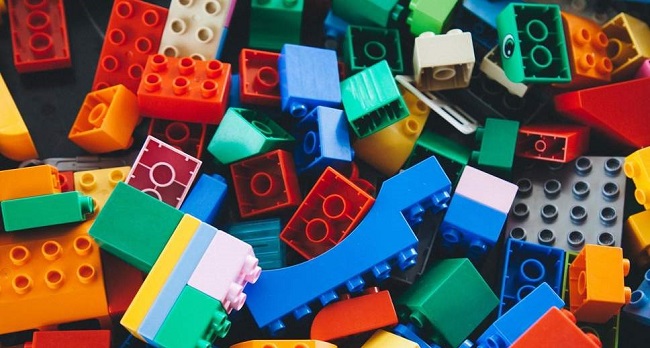The UN Environment Programme (UNEP) has published a report that finds 25% of children’s toys contain harmful chemicals.

Chemical additives are used in plastic toys and other plastic products to provide specific levels of hardness or elasticity. Many of these chemicals can harm children’s health, according to the study.
The researchers recommend these substances be phased out in toys and replaced with safer alternatives.
The additives include plasticisers or softeners, flame retardants, surface-active substances (to create foam with specific properties), stabilisers, colourants, and fragrances.
Peter Fantke, Denmark Technical University (DTU) and the study’s main researcher, said of 419 chemicals found in hard, soft and foam plastic materials used in children’s toys, 126 can potentially harm children’s health, including 31 plasticisers, 18 flame retardants, and eight fragrances.
The study recommends prioritising these substances for phase out in toys and replacing them with safer alternatives.
Since most plastic toys are not labelled with the chemicals they contain, parents do not know whether an item is harmful. While the full effect of plastic chemicals on the body is unknown, they are linked to cancer and infertility.
Infants and young children are considered particularly sensitive to chemical exposure due to their rapid metabolic rate, high surface-area-to-body-weight ratio, and fast growth of organs and tissues.
Researchers combined the reported chemical content in toy materials with material characteristics and toy use patterns, such as how long a child typically plays with a toy, whether he/she puts it in the mouth, and the number of toys per household per child.
According to the study, softer plastic toys cause higher exposure to harmful chemicals than hard toys.
The study finds that children in Western countries have on average 18 kilogrammes of plastic toys. The authors acknowledge that it would be difficult to avoid all plastic toy use until regulators include all substances. Thus, it advises against use of soft plastic toys and soft plastic materials in general, and recommends keeping children’s rooms ventilated to avoid inhalation of dangerous chemicals.
Exposure from inhalation is more prevalent than touching since children inhale chemicals diffusing out of all toys in the room, while usually only touching one toy at the time.
The study urges identifying possible alternatives to the plastic materials currently used in toys to ensure that harmful chemicals are replaced with safer and more sustainable options. No international agreement currently exists regarding which substances should be banned from use in toys, and regulations and labelling schemes differ across regions and countries.
The researchers note that existing priority substances lists lack information on the levels at which the use of a chemical of concern is safe and sustainable in various product and material applications. The study therefore introduces a new metric to benchmark chemical contents in toy materials, based on exposure and risk.
The study falls under the Strategic Alliance for International Chemicals Management (SAICM)-Global Environment Facility (GEF) project on “Chemicals of Concern.”
It was published in January 2021 in the Environment International Science Journal.
